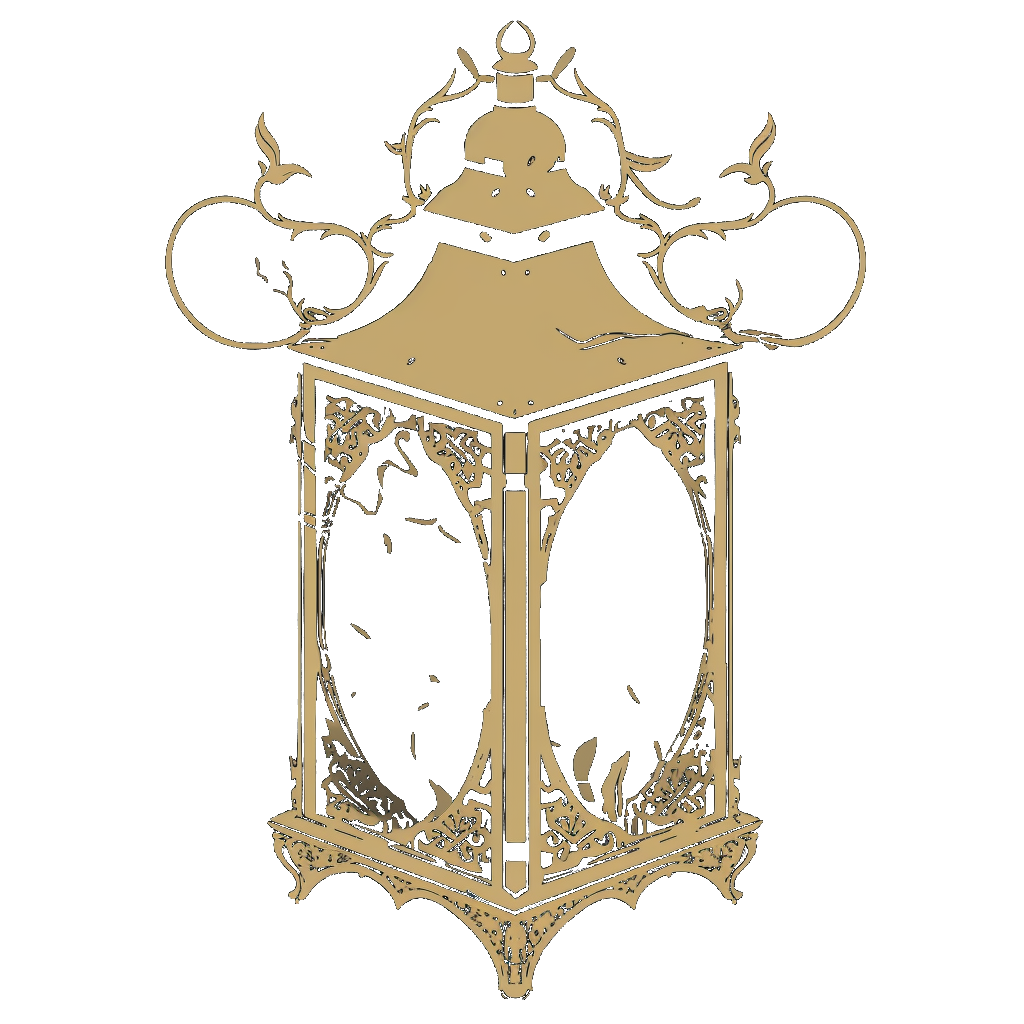Mort Plaster
Properties
Material Characteristics
A swirling pool of liquid maroon, boysenberry, and black colors that never mixes completely. Mort plaster may harden into a brittle crust when left exposed to air. Breaking up the crust and stirring it back into the liquid will soften it and return it to its wetter state.
Physical & Chemical Properties
Viscous and difficult to clean, the plaster clings to every surface. Mort plaster is normally soft and smooth like honey or syrup and easy to pour, however it will harden into a solid upon a sudden impact then quickly return to its liquid state.
Ingredients
In order of greatest to least amount: Water (pure), earth (from a grave), Aulworm saliva, Saltpetre,History & Usage
History
Mort plaster was developed by Dalibor, Prince of Worms, circa 400 ER in an attempt to create a substance that could preserve a cadaver without decomposition. The plaster was originally intended to be used by Dalibor to coat himself with as he prepared to inter himself into the dirt to rejuvenate his supernatural life force.
In his experiments Dalibor discovered the combination of materials used in his plaster exhibited unusual characteristics when exposed to negative magical energy. If Dalibor were to pour a container of the new mort plaster over a cadaver and channeled magic into the substance it would expand and envelope the body on its own. After encapsulating the body completely the substance became solid, durable, and plastic; it was form fitting and capable of stretching as if like a second skin.
Seeing a new use for the plaster Dalibor further expanded his experiments and introduced live Aulworms to the cadavers before applying the mort plaster. The aulworm's natural instincts to burrow within the body proved reliable as the were easily able to break through the applied plaster from within the body but not from without.
The plaster covered cadavers still proved to have lessened decomposition rates and were now armored, walking bodies he could control through the aulworms inside. A rousing success, Dalibor began to produce mort plaster regularly.
Everyday use
Applied as protective armor-like suits to aulworm driven soldiers. Mort plaster suits are capable of withstanding slashing and piercing blows, but are weak to strong blunt forces and become brittle when exposed to extreme heat.
Type
Composite
Taste
Salty
Color
Reddish-purple to black
Common State
Liquid


Comments